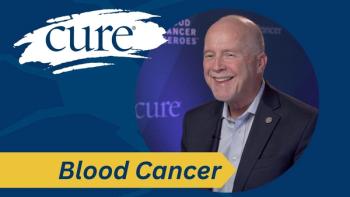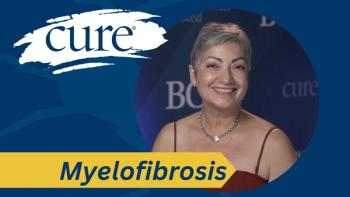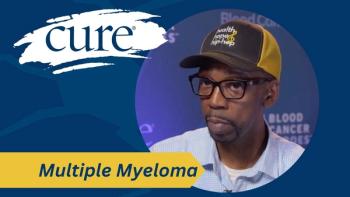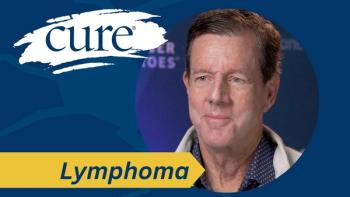
The Frustrating Mystique of Smoking
Despite educational and graphic antismoking ads and public service announcements, many young people still find the attraction outweighs the risks. How do we convince them otherwise?
The statistics on smoking are daunting, particularly since tobacco use is the largest preventable cause of death and disease in the United States, according to the CDC. Of the 7,000 chemicals and compounds in tobacco smoke, hundreds are toxic and 69 cause different types of cancer, including cancer of the throat, lips, mouth, jawbones, larynx, pharynx, esophagus, trachea, lung, stomach, colon, pancreas and cervix. Tobacco also contributes to heart disease, blindness, impairment of smell and taste, halitosis, infertility and impotence. In December 2015, the Center for Disease Control and Prevention reported that 480,000 Americans die annually from cigarette smoke. Of these, 41,000 are from exposure to secondhand smoke. The financial burden is $300 billion annually in both medical care and lost productivity. People also spend from almost $7 and up to $14 per pack; each pack results in $35 of health-related costs. Think of the more productive ways such funds could be used, particularly in our tight economy.
So, all of this data begs the question, “Why do people still smoke?” More important, “How can we convince teenagers and young adults not to succumb to peer pressure or the aura of sophistication that smoking seems to engender?” Do they need to see a family member or friend suffer the consequences before the message is heard? Before they understand that no one is invulnerable and that death from smoking is painful and prolonged?
Most people start as teenagers and, although cigarette smoking declined among middle and high school students during the past four years, the use of electronic cigarettes and other alternatives increased. Every day, more than 3,000 people under the age of 18 light their first cigarette. Flavorings and other enhancements only increase the allure.
The last 50 years have seen ever-stronger warnings on cigarette packs, bans on smoking in public establishments and strong public service announcements on television, on the radio, in movie theaters and on the Internet. Yet people still shiver on the sidewalk in the dead of winter because they snuck out of the office for a quick smoke. Or they leave the dinner table for that cigarette that must accompany a cup of coffee. Or they reach for it first thing in the morning to start the day. Our culture associates smoking with vivid images of beautiful sunsets, fine meals, and romantic adventures. Movies and television glamorize the habit. Once seen, who can forget Bette Davis and Paul Henreid’s cigarette scenes in the movie “Now, Voyager?” Smokers equate abandoning cigarettes with sacrificing life’s better moments. What does it take to stop people?
Some vivid and dramatic efforts have been made. Celebrities have spoken out. The most dramatic was the 1986 posthumous anti-smoking message recorded by the actor Yul Brynner to be broadcast after his death from lung cancer. Occasionally, one sees graphic televisions spots showing the effects of smoking—a family eating dinner while one member uses a feeding tube, a patient showering after a permanent tracheotomy, a disfigured cancer survivor describing the suffering, a diabetic with multiple amputations.
One would expect these educational campaigns to result in a decline in the number of smokers, but for many young people, the attraction still outweighs the risks. Research supports findings that these ads often increase curiosity among young people. Others turn away from graphic ads, particularly if they lack self-confidence in their ability to stop or if the ads only increase their anxiety. Avoidance of the realities enables young smokers to ignore the dangers. But if viewers find it difficult to see the ravaging effects of these cancers, how would they feel living with them? If you watch someone you love cope with advanced cancer, smoking quickly loses its cachet.
We need to be creative in finding a way to raise awareness to the point of effectiveness. What does seem to work is peer pressure. I think that ads featuring young people do have an impact. A successful campaign that would deter young people from smoking would have such a positive impact on cancer prevention and result in the avoidance of so much suffering, a decrease in medical costs, an increase in work productivity and a more beneficial use of individual discretionary funds.
How do we reach young people? So many approaches have been unsuccessful. Should announcements be more informative, more frightening, more peer-oriented? What changes might be made in anti-smoking activities and programs? Tweet your ideas to me @bchernow for a follow-up discussion.




